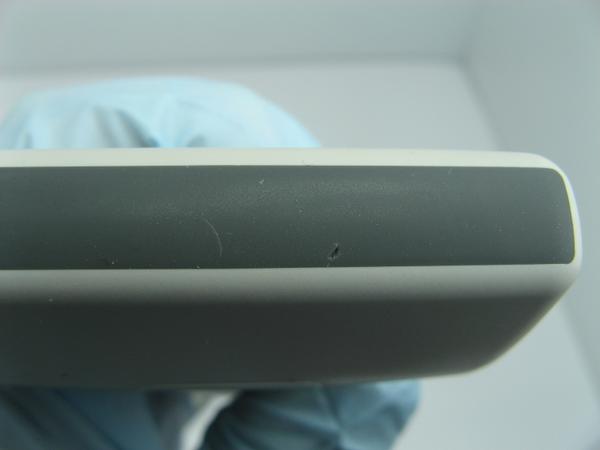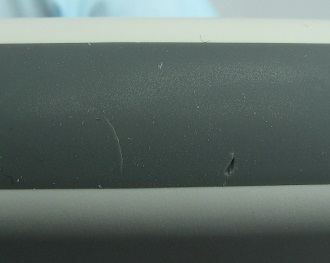In Part 1, we explained how a damaged lens can impact the quality of the probe, now we are going to explain the other impacts a damaged lens can have. The first is from an infection control perspective. Looking at the images below you can see a tiny hole in the lens. There are various causes for this type of damage but the result is always the same. A high infection control risk. The problem with a pin sized hole in the lens is that its impossible to completely clean the lens after each use, this allows gel and fluid inside the hole which over enough time will begin to harbour nasty bacteria.


Another consequence of a damaged lens is the potential for an electrical leakage failure. As mentioned in part 1, underneath the lens is a piezoelectric array that uses electricity to create sound waves, if the lens which also acts as an insulator is damaged or thinner in certain areas, this under certain conditions could represent an electrical hazard to both patient and staff. This is why ProbeLogic recommends regular electrical leakage testing on general probes at least once every 12 months or after suspected damage to the probe. For TEE/TOE probes we recommend before each use.
